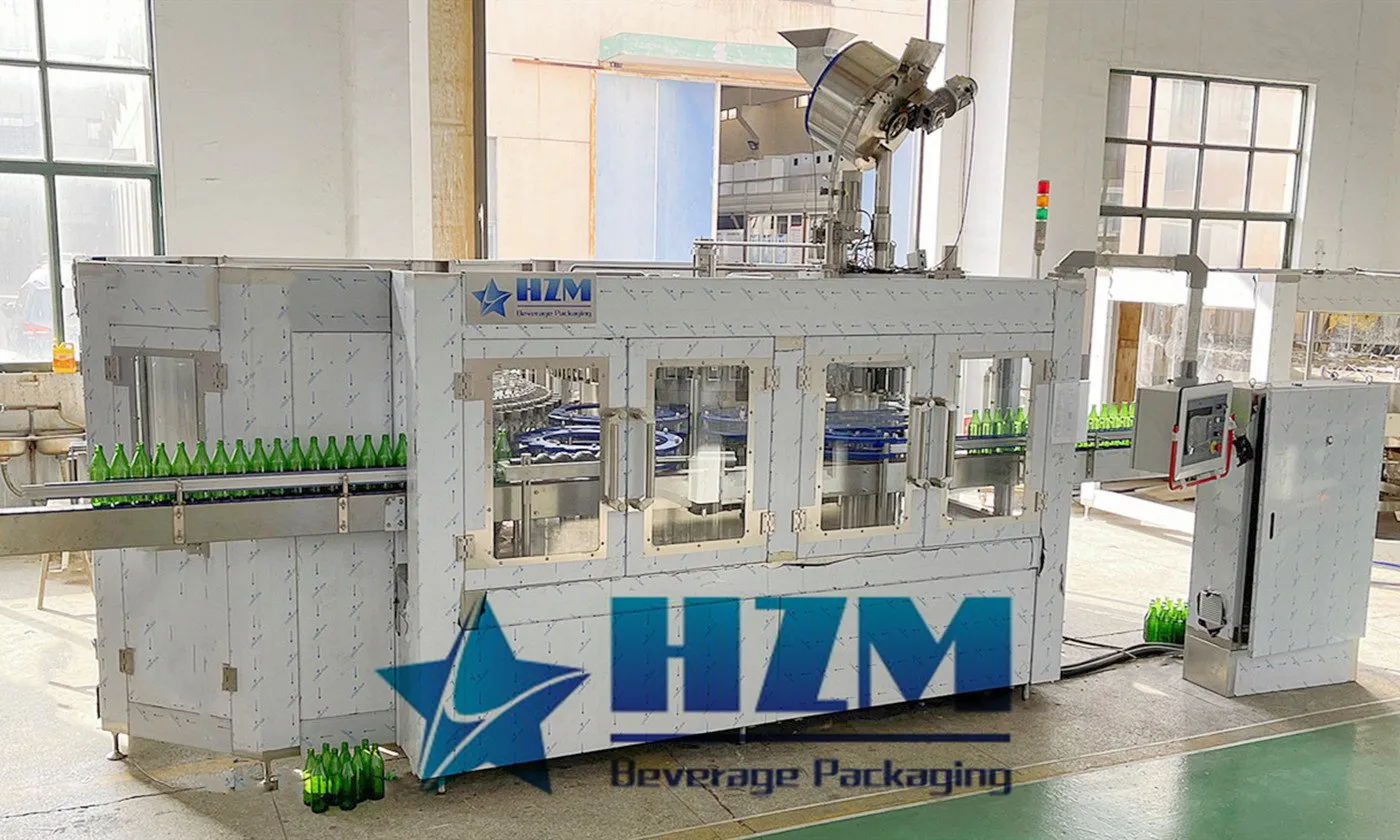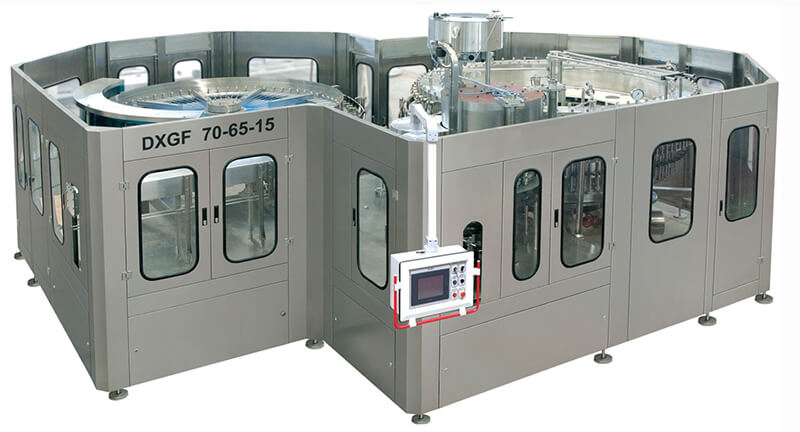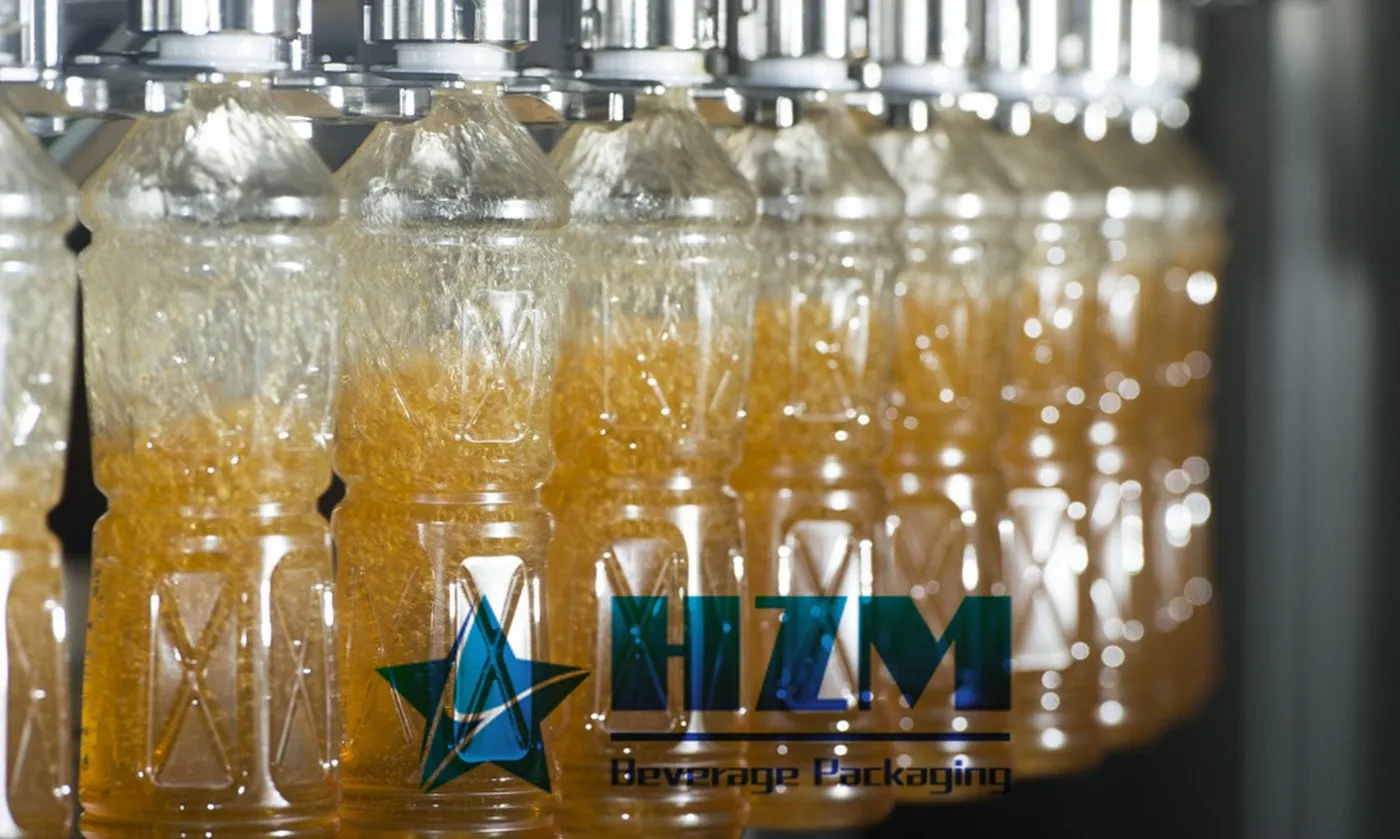Essential Beverage Production Terms for Industry Professionals
Transitioning your beverage from R&D to commercial production is exciting but can be daunting. Every step of the process involves crucial decisions that ensure the quality and consistency of your product. Understanding the key terminology is essential as you build a trusted team of contract packers and manufacturing partners.
Below are some of the key terms you’ll encounter as you prepare your beverage for production. Familiarizing yourself with these will help you navigate the process and communicate more effectively with industry partners.

1. Application Torque
The rotational force used to apply a closure to a bottle during capping. Proper torque ensures the bottle remains sealed under varying conditions, such as changes in temperature and humidity.
2. Aseptic Filling
A method of bottling at ambient temperatures without tunnel pasteurization or preservatives. The product is briefly heated before filling, suitable for both still and carbonated beverages.
3. Batch Production
The process where a beverage is produced in multiple stages, involving various equipment and personnel. Each batch follows a specific formulation to ensure consistent quality.
4. Change Parts
Components on a production line that are replaced to accommodate different products or packaging sizes. While adding flexibility to the line, change parts can be costly.
5. Cold Filling
A process in which a chilled product (30–60°C) is filled into a cold container, commonly used for fresh juices, dairy products, and carbonated beverages.
6. Corrosion Testing
A test conducted to determine the corrosiveness of a beverage before it’s packaged in aluminum cans. This ensures the cans are properly lined to prevent corrosion. Can warranties typically last 6–8 months based on the test results.
7. FIFO (First-In, First-Out)
A cost-flow assumption where the oldest inventory is sold first, ensuring the freshest product is available for consumers.
8. Fill Line
The consistent level to which liquid is filled in containers. Ensuring accurate fill lines is key to product uniformity.
9. Filling Line
A series of equipment used for filling beverages into containers at scale. Filling lines can handle various packaging materials (e.g., glass, PET) and sizes and may also apply labels or sleeves.

10. Hand-Pack
Manual labor used for packing cases or cartons, often employed when a facility lacks automated equipment. Hand-packing is common for specialty or variety packs.
11. Heat Transfer Label
A label applied to a container using heat and pressure, giving the appearance that the decoration is part of the container itself.
12. Hot Filling
A process where the liquid is heated before being filled into a container. The container is then sterilized by the heat before being cooled and sealed. Hot filling is commonly used for PET bottles but can also be applied to glass bottles and cans.
13. Liquid Loss
The percentage of product lost during production, typically between 3-5%. Larger batch sizes tend to have lower liquid loss compared to smaller ones.
14. Prepress Proof
Also known as a contract proof, this is a preview of how a printed product will look. Approved colors in the proof should match the final product.
15. Press Proof
A short production run conducted to verify the accuracy of a printing job before full-scale production.
16. Pressure-Sensitive Labels (PSLs)
Labels that adhere to a surface through pressure alone, without needing water, solvent, or heat. PSLs are versatile, available in various materials, and can be easily applied or removed.
17. Preservation Method
Techniques used to extend a product's shelf life, including tunnel pasteurization, hot filling, flash pasteurization, and high-pressure processing.
18. Production Line
A set of sequential operations, often automated, that produce a beverage on a commercial scale. Examples include batching tanks, filling lines, pasteurization systems, and packaging equipment.

19. Quality Release
The point at which a product is approved for distribution, following a review of analytical data to ensure it meets specifications. Quality release can delay distribution by 2 days to 2 weeks, depending on testing requirements.
20. Retains
Samples collected at different stages of production. These samples are kept for testing in case of quality issues or recalls.
21. Run Size (Batch Size)
The quantity produced in a single production run. Contract packers often have minimum run sizes, and decisions regarding batch size affect inventory costs.
22. Shelf Life Testing
The process of determining how long a product can remain in optimal condition. Standard shelf life testing can take 12–18 months, while accelerated testing may take 6–8 months.
23. Sleeving
A process where pre-formed sleeves (usually PVC) are placed over containers and shrunk using heat. Sleeving is a cost-effective alternative to direct printing, especially for smaller orders.
Are you ready to turn your beverage idea into a high-quality product? We are here to ensure the entire production process runs smoothly and efficiently. With our state-of-the-art beverage production equipment and extensive industry expertise, we provide customized solutions to meet the highest standards in every bottle. Contact us today to learn how our professional equipment can elevate your beverage production to the next level!
Do you have a specific type of beverage in mind, or are you exploring different options for production?
TAG: Beverage Filling Machine Beverage Packaging Machine Beverage Production Line



-
![Important Questions To Consider Before Purchasing Carbonated Filling Machine]() Important Questions To Consider Before Purchasing Carbonated Filling MachineFeb , 19 /2023
Important Questions To Consider Before Purchasing Carbonated Filling MachineFeb , 19 /2023 -
![Classification of beverage filling machines]() Classification of beverage filling machinesMar , 24 /2023
Classification of beverage filling machinesMar , 24 /2023 -
![Complete Installation and Commission DXGF40-40-10 Carbonated Beverage Filling Machine]() Complete Installation and Commission DXGF40-40-10 Carbonated Beverage Filling MachineApr , 18 /2023
Complete Installation and Commission DXGF40-40-10 Carbonated Beverage Filling MachineApr , 18 /2023 -
![Application of Juice Beverage Filling Machine in the Industry]() Application of Juice Beverage Filling Machine in the IndustryApr , 25 /2023
Application of Juice Beverage Filling Machine in the IndustryApr , 25 /2023 -
![How to Properly Maintain and Service Automatic Beverage Packaging Machines]() How to Properly Maintain and Service Automatic Beverage Packaging MachinesMay , 17 /2023
How to Properly Maintain and Service Automatic Beverage Packaging MachinesMay , 17 /2023 -
![Professional Beverage Packaging Machine Manufacturer]() Professional Beverage Packaging Machine ManufacturerJun , 06 /2023
Professional Beverage Packaging Machine ManufacturerJun , 06 /2023 -
![Machinery and Equipment Required for Beverage Production Line]() Machinery and Equipment Required for Beverage Production LineJul , 19 /2023
Machinery and Equipment Required for Beverage Production LineJul , 19 /2023 -
![Beverage Aseptic Filling Machine: The Perfect Combination of Freshness and Safety]() Beverage Aseptic Filling Machine: The Perfect Combination of Freshness and SafetyAug , 13 /2023
Beverage Aseptic Filling Machine: The Perfect Combination of Freshness and SafetyAug , 13 /2023 -
![What is a Beverage Packaging Machine?]() What is a Beverage Packaging Machine?Aug , 25 /2023
What is a Beverage Packaging Machine?Aug , 25 /2023 -
![Juice Beverage Filling Production Process]() Juice Beverage Filling Production ProcessSep , 08 /2023
Juice Beverage Filling Production ProcessSep , 08 /2023 -
![Energy Drink Production Line for Sale by HZM Machinery]() Energy Drink Production Line for Sale by HZM MachineryDec , 11 /2023
Energy Drink Production Line for Sale by HZM MachineryDec , 11 /2023 -
![Multifunctional Beverage Filling Machine For Sale]() Multifunctional Beverage Filling Machine For SaleDec , 13 /2023
Multifunctional Beverage Filling Machine For SaleDec , 13 /2023















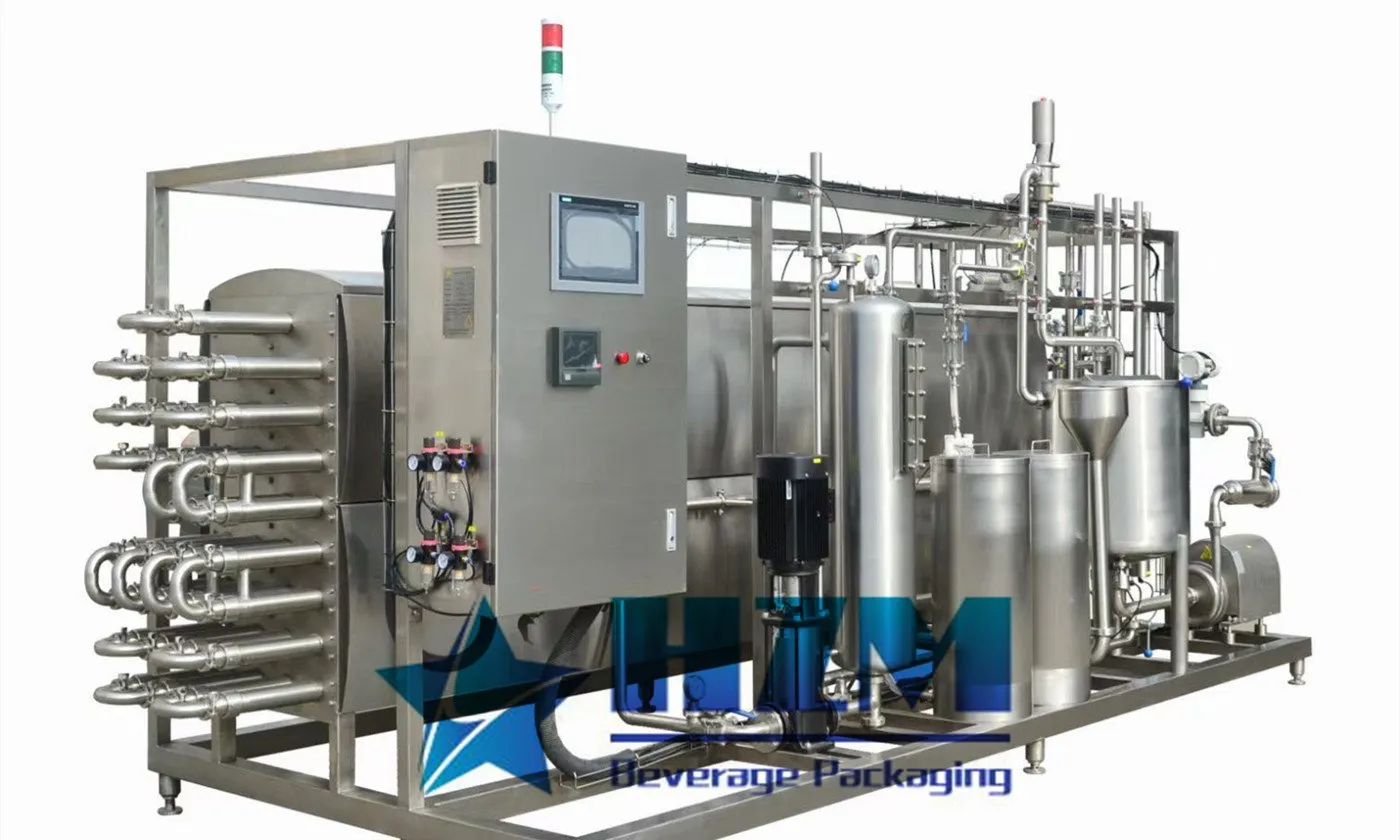





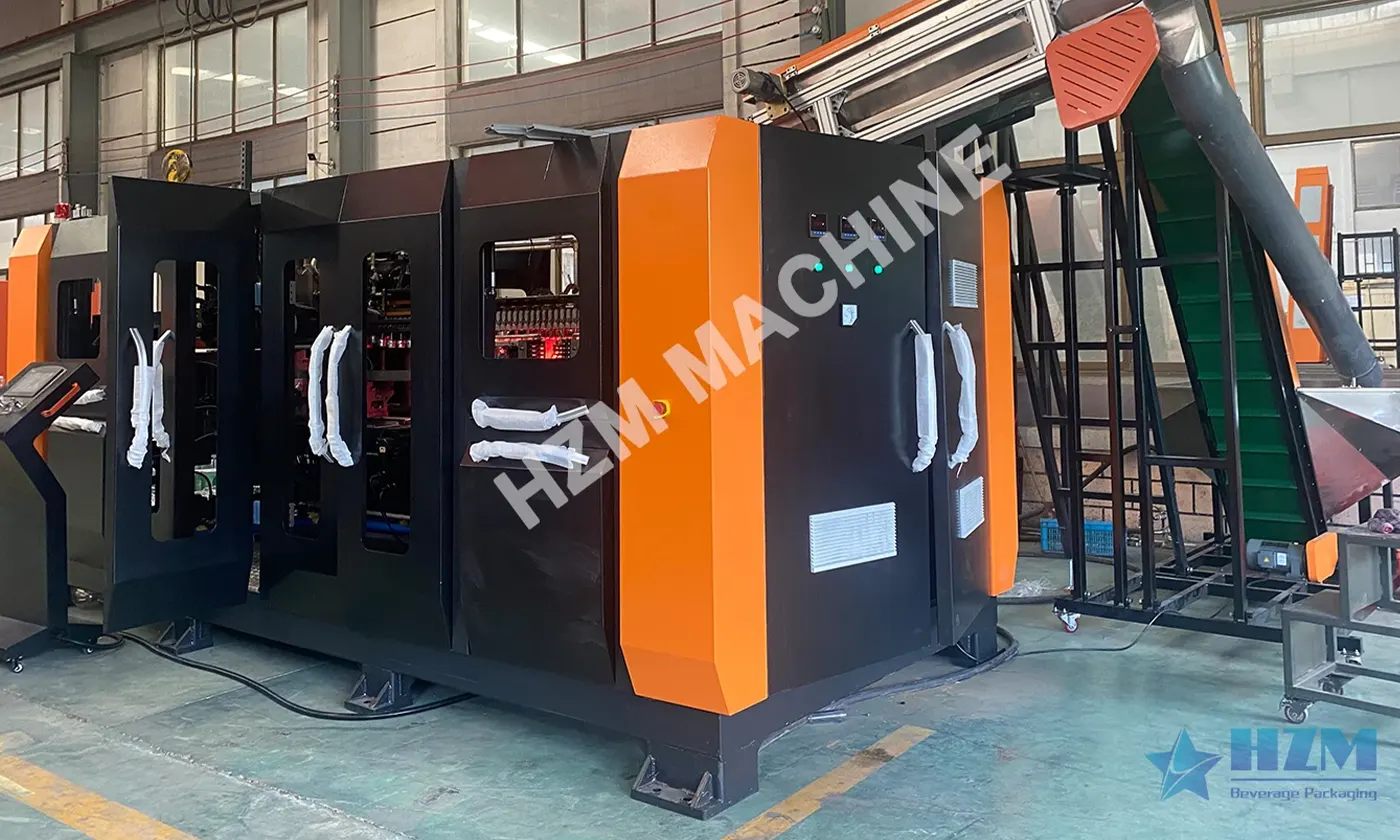








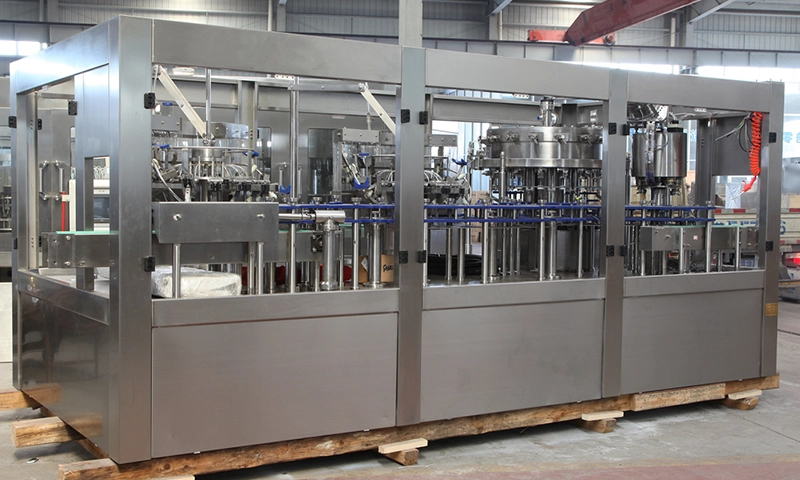
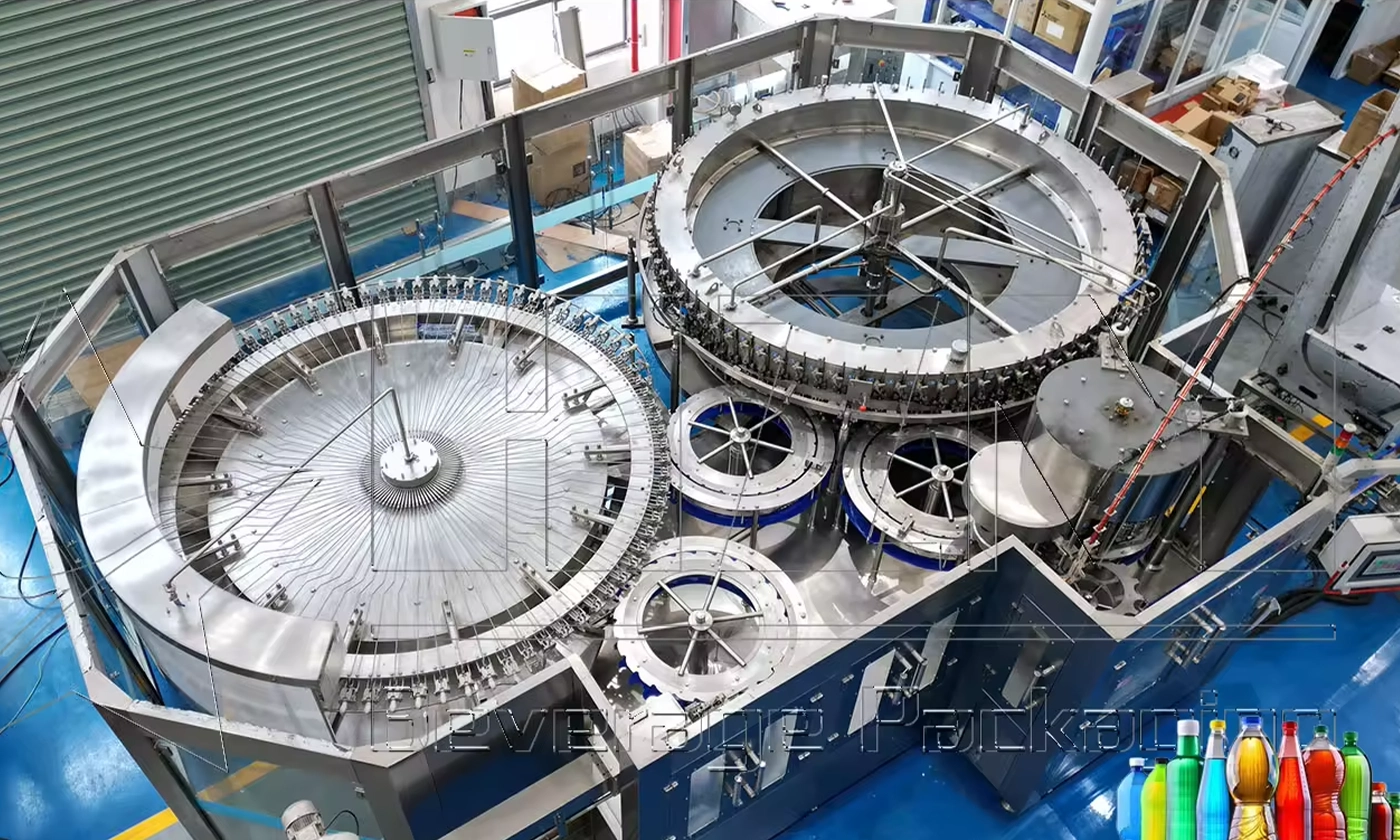








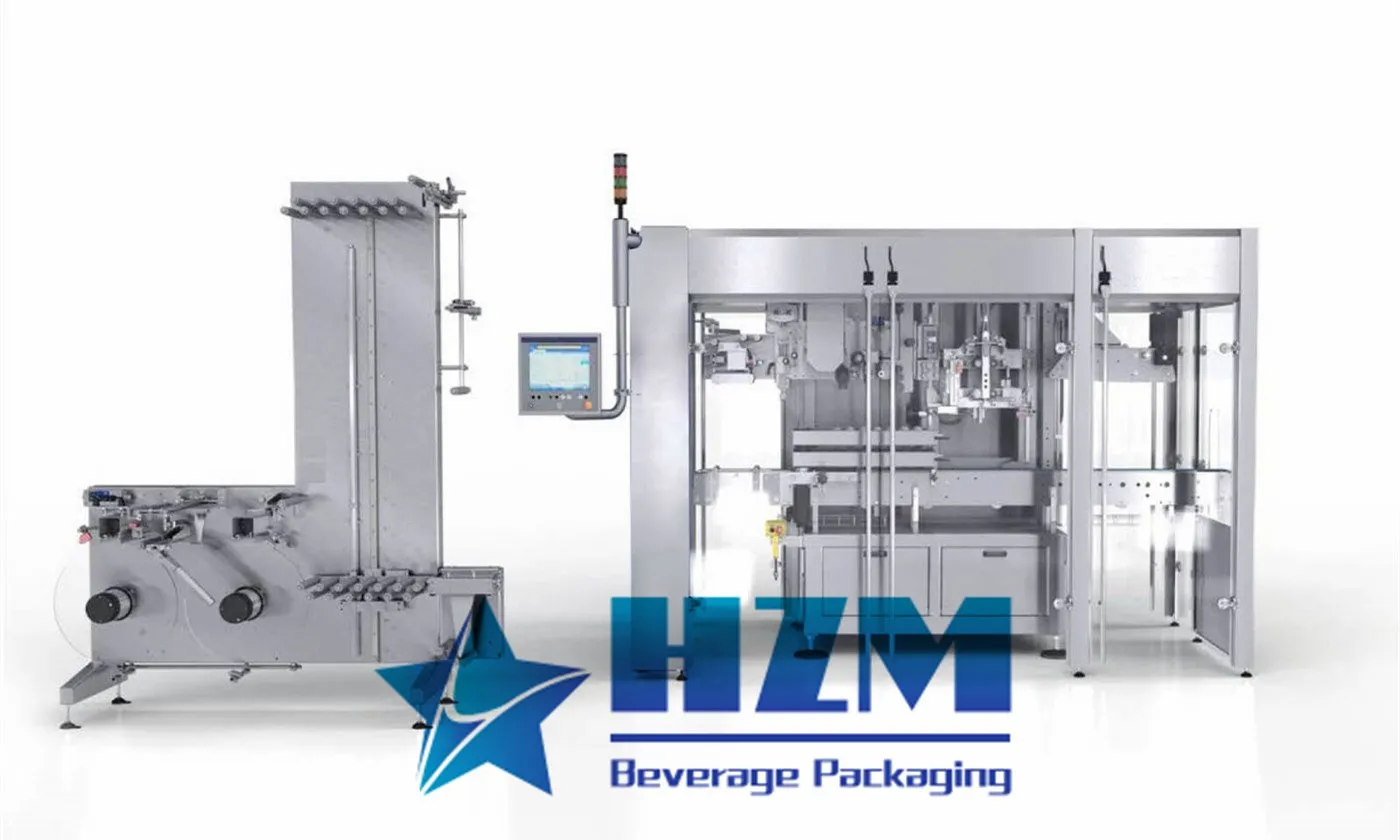










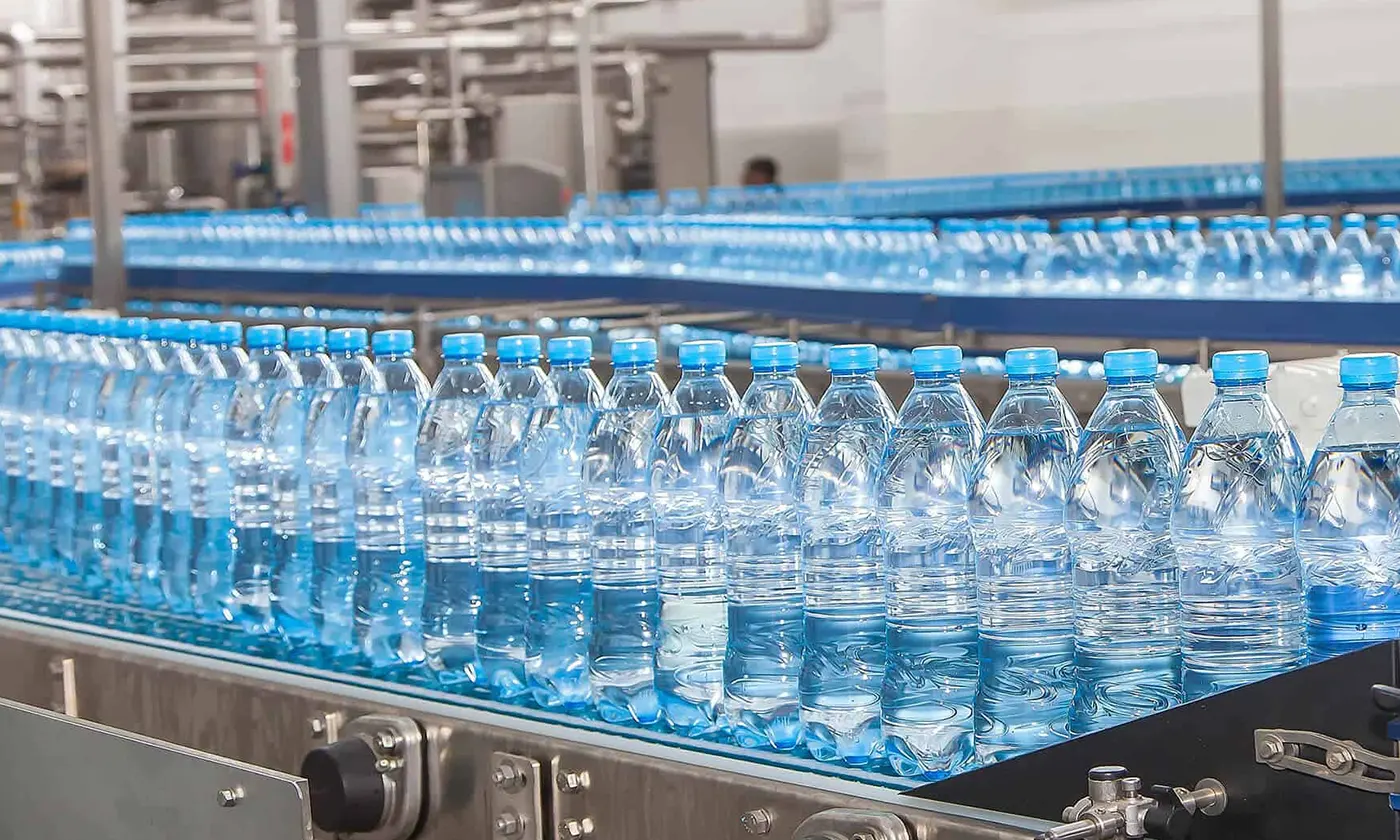




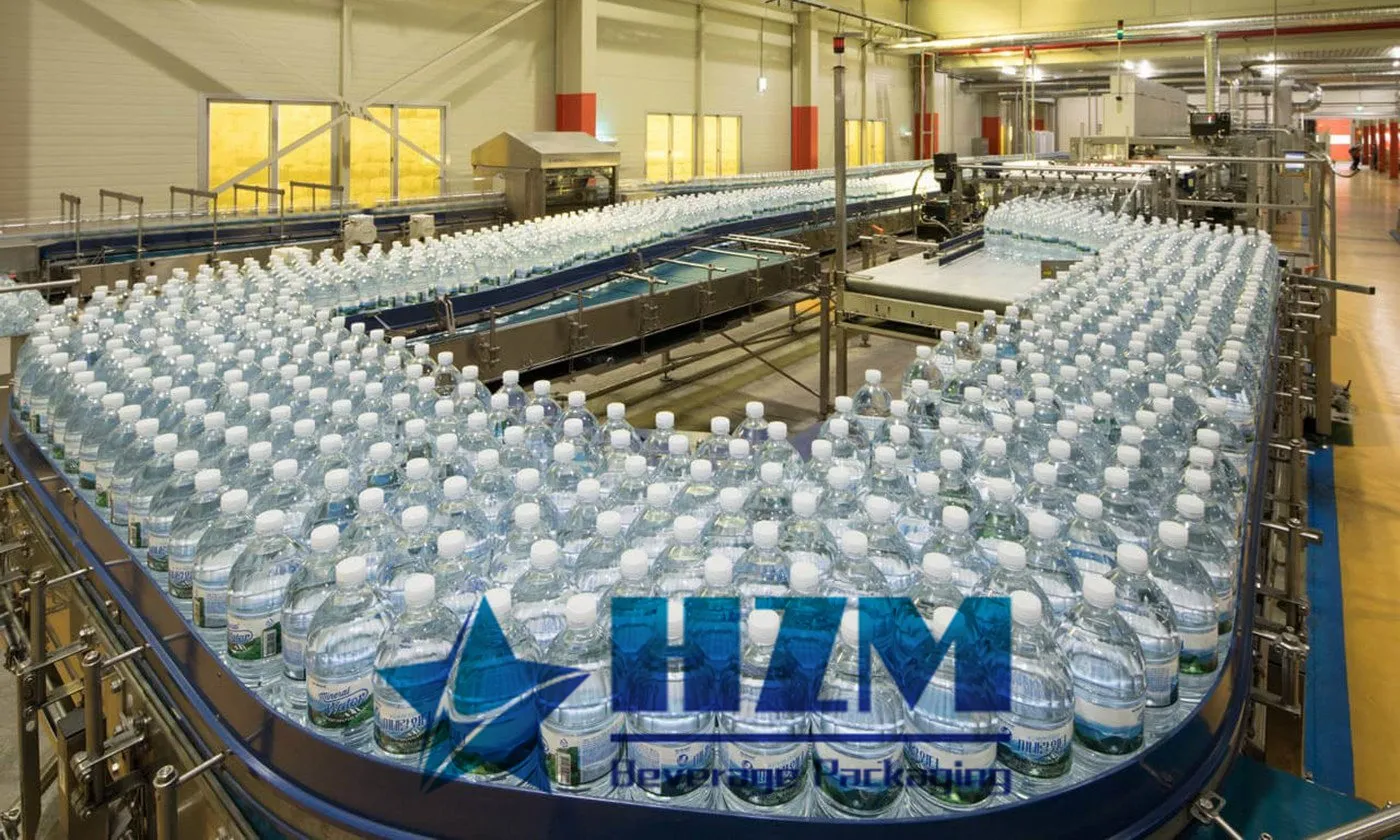
 Home /
Home / 
